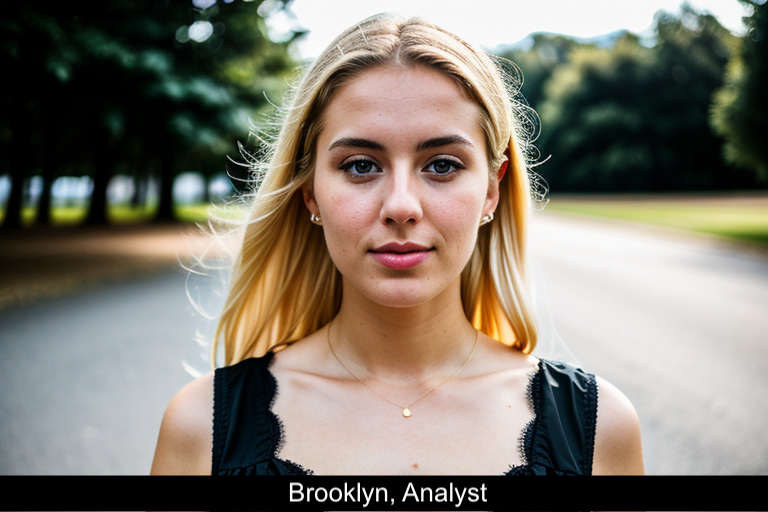The ongoing conflict in Ukraine has catalyzed a new wave of photojournalism that serves as a powerful lens through which the world can observe the harsh realities of war. Since the escalation of hostilities in February 2022, courageous Ukrainian photographers have transitioned from capturing life’s joyous moments to bearing witness to the devastating impacts of armed conflict. Their work encapsulates not only the violence of war but also the profound emotional and psychological toll it exacts on individuals and communities.
Photojournalism in Ukraine is not merely about capturing images; it is a medium of storytelling that seeks to evoke empathy and raise awareness internationally. As these professionals venture into war zones, armed only with their cameras, they operate under extreme psychological and physical duress. The narratives surrounding their pictures often convey intense sorrow juxtaposed with rare moments of hope and joy, emphasizing the resilience of the human spirit amidst chaos. These photographers work tirelessly, with many suffering injuries and emotional scars as they document events that most people would prefer to ignore.
The significance of their efforts cannot be overstated. The images captured by Ukrainian photojournalists, such as the somber portrayal of loss or fleeting moments of tenderness, challenge global viewers to confront the human side of warfare. When a photojournalist captures a soldier’s grief after the loss of a comrade, as seen through the lens of Kostiantyn Liberov, the viewer is forced to grapple with the emotional intricacies of war. A single image transcends language barriers, speaking volumes about the costs of conflict that statistics often fail to convey.
This profession does more than merely document; it plays an essential role in shaping public perception and influencing policymakers. In an age where misinformation can easily propagate through social media and traditional news platforms alike, the work of credible journalists serves as a form of truth-telling that is vital for informed discourse. Recognizing this, media organizations like the BBC have been crucial in amplifying these stories, ensuring they reach audiences far beyond Ukraine’s borders.
However, the emotionally charged content that these photojournalists produce also reveals the toll of war on mental health. Many professionals experience PTSD and other psychological impacts after prolonged exposure to violence and trauma. The phrase, “It’s not something we talk about a lot with colleagues” encapsulates the silent struggle many face. There is often a culture of stoicism that runs deep within the community of war reporters, spurred by both personal resilience and the necessity of focusing on the job at hand.
While the narrative of these photojournalists brings awareness to the injustices faced, it is essential to exercise caution when consuming this content. The emotional weight of the images can become overwhelming, and unfiltered exposure may desensitize audiences rather than evoke meaningful engagement. It’s crucial to critically assess the coverage, understand the context, and consider the motivations behind the imagery presented.
Moreover, there is a risk of sensationalism in the portrayal of suffering, where certain narratives may overshadow the multifaceted realities of life in conflict settings. Such instances can reinforce stereotypes or activate biases, leading to skewed perceptions of the affected populations. As responsible consumers of media, individuals must approach these narratives with a critical mind, acknowledging both the humanity depicted and the complexity of the ongoing crisis.
As the war in Ukraine continues, it remains imperative for both journalists and audiences to foster a deeper understanding of not only what these images represent but the individuals and communities behind them. The human stories encapsulated in these photographs serve as critical reminders of the shared values of compassion, humanity, and the pressing need for peace.
Community support for the local journalism sector is also vital. Contesting the narrative imposed by state-controlled media outlets, especially in hostile regimes, requires robust international solidarity and commitment to press freedom. Supporting organizations that offer training and resources for war correspondents is one way to contribute to this broader effort of safeguarding journalistic integrity in conflict zones.
In conclusion, as Ukraine faces an ongoing crisis, the work of its photojournalists represents a vital intersection of storytelling and activism. Their photographs serve as a historical record of human suffering, resilience, and the unyielding quest for truth. As we bear witness to their narratives, we remind ourselves of our shared humanity and the responsibilities that come with it. In capturing these moments, photojournalists do not just document history; they become a part of it, and through their eyes, the world sees not just war, but the heart of Ukraine fighting to endure.




